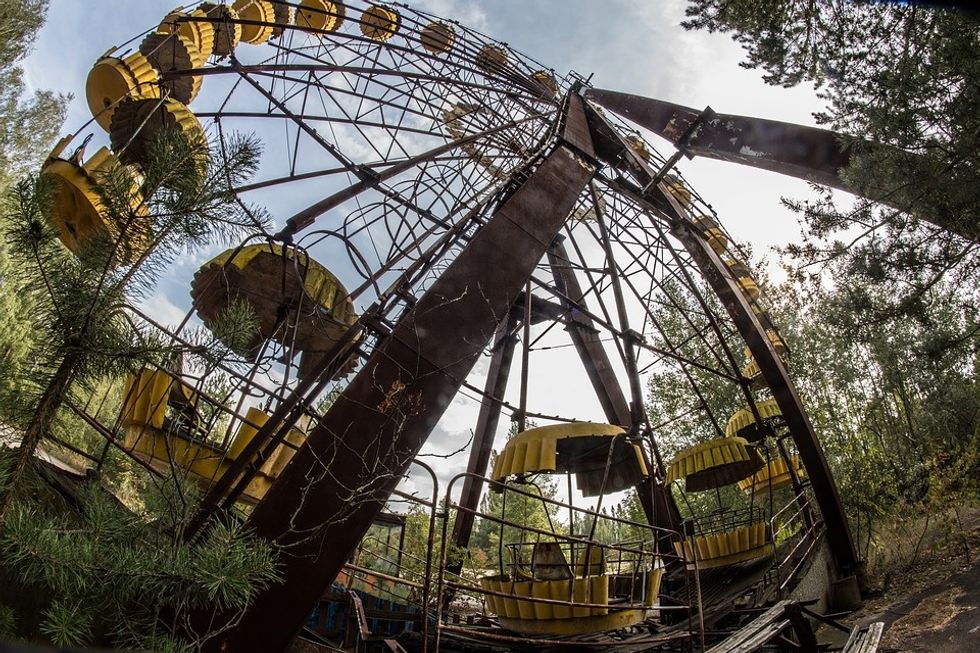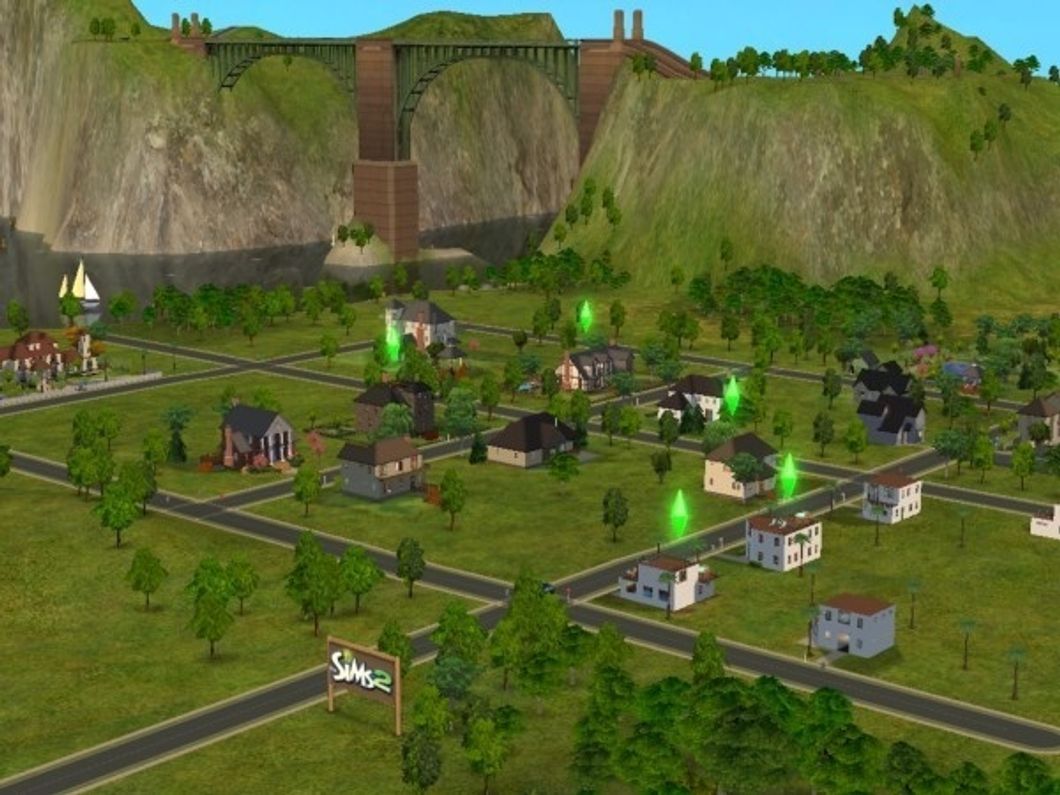Chernobyl: Deep Into The Disaster & Its Aftermath
The Chernobyl nuclear disaster in 1986 was the result of a flawed Soviet reactor design along with multiple mistakes bu the reactor's staff and scientists.
The Chernobyl nuclear disaster occurred on April 26th, 1986. The accident occurred due to faulty design of a nuclear reactor designed by the Soviets, in addition to human error made by the employees of the nuclear plant's operators. Chernobyl Reactor 4 was destroyed, and as a result, 30 employees and firemen within just a mere three months of the accident. One man died immediately and a second died in the hospital.
The Chernobyl accident was and still is, the only radiation-related disaster in commercial nuclear history that caused fatalities. This disaster changed the way safety culture for the cities around these plants. It caused the largest radio uncontrolled radioactive release into the environment ever recorded for any civilization operation, and for ten days straight, large amounts of radioactive substances were released into the air in and around Chernobyl. Among these substances included what is estimated to be all of the xenon gas, a gas that can cause dizziness, hallucinations, nausea, vomiting, and death when inhaled in large doses, about half of the iodine and caesium, which can cause cancer when people are exposed to it in high doses, and around 5% of the remaining radioactive core were all released into the air when the reactor exploded.
The aftermath of this disaster was immense. From children drinking milk contaminated with radioactive iodine that caused up to 6,000 cases of thyroid cancer in these children. Chernobyl, along with Fukushima, are recorded as the two largest nuclear disasters in history and have been the only two disasters to reach a Level 7 on the International Nuclear Event Scale, which is actually the highest the classification goes. However, the wildlife seems to be thriving, to an extent, despite all of the events that occurred. For example, wild animals. Larger animals, such as moose, bears, and quite the jump in wolves as well, are all bouncing back today in the Red Forest there.
Throughout the disaster, the Soviet tried to keep quiet about the issues arising. Radiation and other dangerous chemicals were spreading through the air at a speedy rate, and the Soviet tried to be hush about it. It took 36 hours for them to even begin evacuating the around 115,000 people that lived close by, but for some, it was too late due to them already suffering from headaches and vomiting. The 115,000 people who were first evacuated thought they would return, so they left all their belongings and pets, but the evacuation then turned into the closing off of an 18 mile area, and the additional evacuation of 220,000 people. So of these people went home illegally, but to this day, most of the area evacuated, is a barren wasteland with human loss.




 Country Music Cma Awards GIF by The 52nd Annual CMA Awards - Find & Share on GIPHY
Country Music Cma Awards GIF by The 52nd Annual CMA Awards - Find & Share on GIPHY Lyric Video Sweet Music GIF by Hozier - Find & Share on GIPHY
Lyric Video Sweet Music GIF by Hozier - Find & Share on GIPHY
 Grammys GIF - Find & Share on GIPHY
Grammys GIF - Find & Share on GIPHY Hozier GIF - Find & Share on GIPHY
Hozier GIF - Find & Share on GIPHY Take Me To Church Thumbs Up GIF by mtv - Find & Share on GIPHY
Take Me To Church Thumbs Up GIF by mtv - Find & Share on GIPHY Hozier GIF - Find & Share on GIPHY
Hozier GIF - Find & Share on GIPHY



















